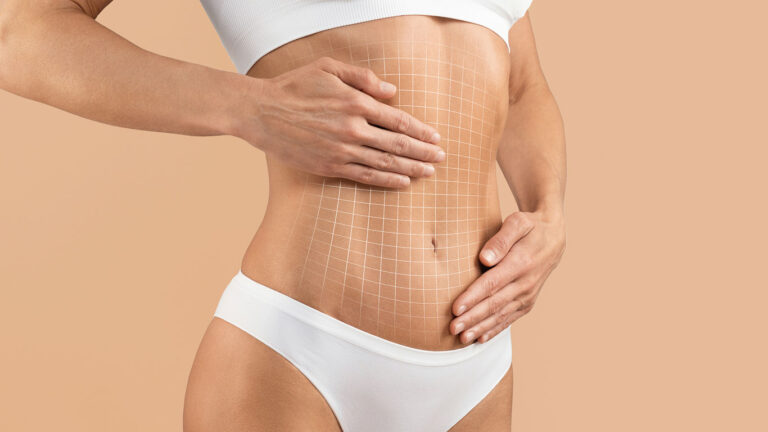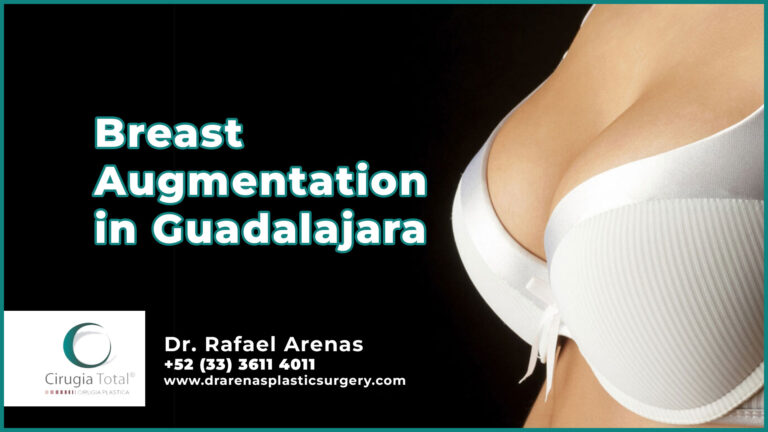My blog
Fat Transfer to Breast and Butt Procedures in guadalajara

The fat transfer procedure has many applications. It can be used to correct scars or wrinkles on the face. It can fill depressions or plump specific areas of the body in order to facilitate a more attractive figure. The Fat Transfer to Breast and Butt Procedures in guadalajara can even be used to augment (increase) the size of the breasts or buttocks.
It’s the perfect solution for many patients who want to create a fuller, smoother appearance with their silhouette. Still, many people are either unaware that the fat transfer process exists or don’t fully understand the pros and cons.
If you are considering a fat transfer or would like to learn more about the basics of the procedure, read on. Below, I’ve outlined the major benefits and drawbacks of this unique and widely popular cosmetic procedure.
What Is a Fat Transfer Procedure?
The fat transfer process, also known as fat injections or fat grafting, is a cosmetic process that involves removing unwanted fat from one area of the body and depositing it into another area where the patient would like to see more volume and/or plumpness. A good example is a patient who wants to slightly slim their abdomen (where they might have a little bit of extra fat) while also adding some plumpness and fullness to their buttocks. This specific procedure is typically called a Brazilian butt lift or a transfer to buttocks procedure.Any fat transfer procedure is a two-part process.
The first part involves liposuction. The process of liposuction involves your surgeon making small. Discreet incisions near the target area where the fat is to be removed. A thin metal tube called a cannula will then be inserted into the incisions, right below the skin. Your surgeon will agitate the fat in these areas in order to loosen it and suction it out through the cannula. The fat will then be processed, and the second part of the procedure will take place. The second phase of the procedure involves the harvested fat (taken from the target area). Being reinserted into the area where the patient would like to see more fullness and volume. This tends to be performed in areas like the buttocks, face, or breasts — the three areas where fat transfers usually occur. It’s important to remember that the transferred fat must “survive” in order to be effective. That is, it needs to adhere to its new location. Not all relocated fat will survive, however. As a result, good plastic surgeons take this into account and will remove and reinject slightly more fat than is technically needed so that they can be sure an adequate amount will survive and do its job in the new location.The Pros and Cons of the Fat Transfer Procedure
As with any cosmetic procedure, the fat transfer process has both benefits and drawbacks.Pros of Fat Transfer
- “Like for like” contouring. When patients want to increase volume in a certain area of their body, they have some options. In the face, for example, they may get dermal fillers, most of which are made up of substances like hyaluronic acid (HA). Implants may be inserted for desired volume in the breasts or buttocks. However, in some rare cases, the foreign substances that make up dermal fillers or the implants used in buttock augmentation or breast augmentation may cause an allergic reaction in the patient. The fat transfer process, on the other hand, is far more natural. By using fat from your own body (also known as autologous fat), your surgeon is replacing like with like, and possible allergic reactions are far less likely.
- You’ll get long-lasting results. Unlike the results you may get with drmal fillers (when fillers are used in the face), the fat transfer procedure offers long-lasting — usually permanent — results.
- You’ll get results that look natural. While implants can certainly add volume to areas like the buttocks and breasts, fat transfer augmentation in these areas looks much more natural and subtle.
Cons of Fat Transfer
- Some transferred fat may not survive. Not all fat transfers are completely successful as some of the harvested fat may not end up surviving in the new location. This may necessitate multiple procedures over time, in order to achieve the patient’s desired results.
- The cost can be higher. If your goal is to add volume to the face and reduce the appearance of scars, fine lines, or wrinkles there. Your bill may be less if you use dermal fillers. On the other hand, remember that whenever you use the fat transfer process, your results will last far longer than dermal fillers. Furthermore, if you’re looking to augment the buttocks or breasts, the cost of a fat transfer procedure may be the same (or possibly even less) than the cost of implants.



